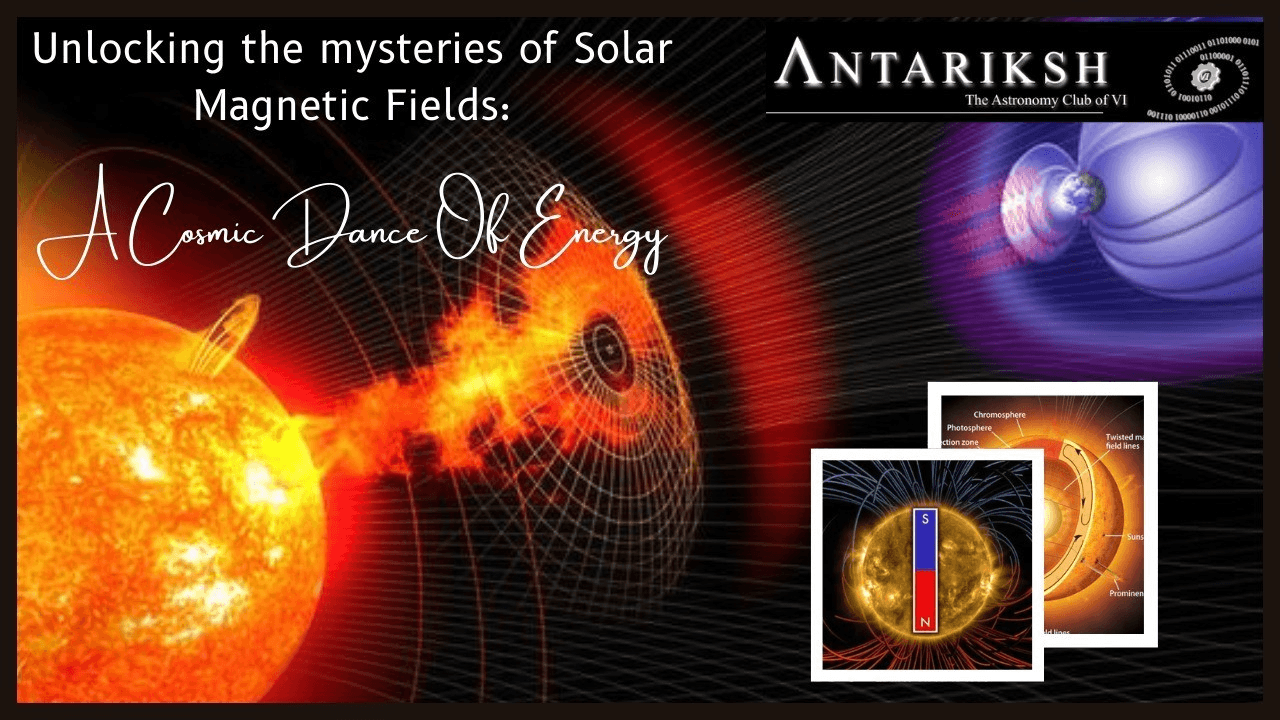
The Pivotal Role of Radio Astronomy in Revealing the Structure of the Milky Way.
This paper explores the pivotal role of radio astronomy in uncovering the structural complexities of the Milky Way galaxy. By utilizing radio telescopes to detect and analyze radio emissions from celestial objects, particularly neutral hydrogen, astronomers have been able to map the distribution of hydrogen across various regions of the galaxy. This has led to significant discoveries, including the identification of the spiral arms and the supermassive black hole Sagittarius A*. The findings underscore the importance of radio observations in advancing our understanding of galactic dynamics and the broader universe.
| Published on 18 Feb 2024

Square Kilometre Array–India Consortium (SKAIC): Scientific Literacy Through Radio Astronomy
This paper examines the Education and Public Outreach (EPO) initiatives by the Square Kilometre Array–India Consortium (SKAIC), aimed at enhancing scientific literacy in radio astronomy. It highlights flagship programs such as the "Exploring the Cosmos" lecture series, the "SKAIC Young Astronomers Program," and community sky observation events. The study emphasizes the alignment of EPO activities with ongoing research, fostering public engagement and curiosity in scientific inquiry. Through collaborative efforts, SKAIC aims to cultivate a scientifically literate society, bridging the gap between advanced astronomical research and public understanding of the universe.
| Published on 11 Feb 2024

Unlocking the Mysteries of Solar Magnetic Fields: A Cosmic Dance of Energy!
This study investigates solar magnetic fields (SMF) and their interactions with solar winds and sunspots. The SMF, generated by solar dynamo processes, plays a crucial role in maintaining solar system stability and influences space weather phenomena, including geomagnetic storms on Earth. By analyzing the properties of SMF and their effects on Earth’s magnetosphere, the research highlights the significance of these magnetic fields in protecting the solar system from cosmic radiation. The findings emphasize the importance of continued exploration of solar magnetic dynamics for understanding broader astrophysical processes.
| Published on 08 Feb 2024

3D Mapping of Our Universe: Using Stellar parallax
This article delves into the parallax method, a fundamental technique in astronomy for determining the distances to stars. It provides a historical perspective on stellar parallax measurements, starting with Friedrich Wilhelm Bessel's groundbreaking work on 61 Cygni in 1838. The article discusses various parallax measurement techniques, including ground-based optical and near-infrared observations, and advanced methods like Very Long Baseline Interferometry (VLBI) in radio astronomy. Additionally, it highlights the significant contributions of the Hipparcos and Gaia missions in creating a comprehensive 3D map of the Milky Way, enhancing our understanding of stellar distances and distributions.
| Published on 31 Dec 2023

Ringed Cosmic Majesty
Saturn's ring system, discovered by Galileo Galilei in 1610, remains a subject of fascination in astronomy. Composed of icy and rocky particles ranging from micrometers to several meters, recent data from missions like Cassini have enhanced our understanding of their composition and dynamics. This paper reviews the rings' intricate structures, dynamic behaviors, and their proposed origins, including hypotheses of moon disintegration and cometary impacts. The ongoing research emphasizes the rings' transient nature, with predictions indicating their potential disappearance within 300 million years, thus underscoring the importance of continued exploration.
| Published on 10 Dec 2023

CORONA - Sun's Silent Stalker
The solar corona, the outermost layer of the Sun’s atmosphere, remains one of the most enigmatic regions in astrophysics. Composed of superheated plasma, it displays temperatures exceeding 1 million degrees Celsius, far hotter than the Sun’s surface. Despite its high temperature, the corona appears dim due to its low density. This paper discusses the primary features of the corona—coronal holes, coronal jets, and loops—along with theories regarding its anomalous heating, including magnetic waves and nanoflares. Understanding the corona is crucial for studying solar winds and their impact on Earth’s space weather
| Published on 13 Nov 2023